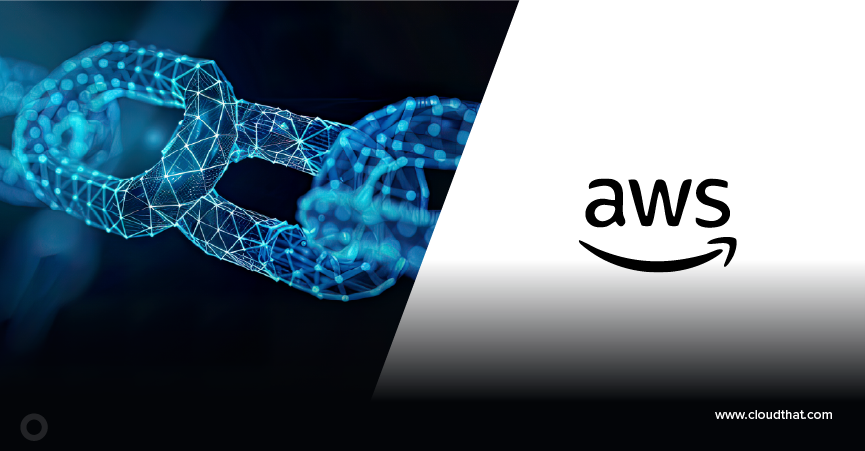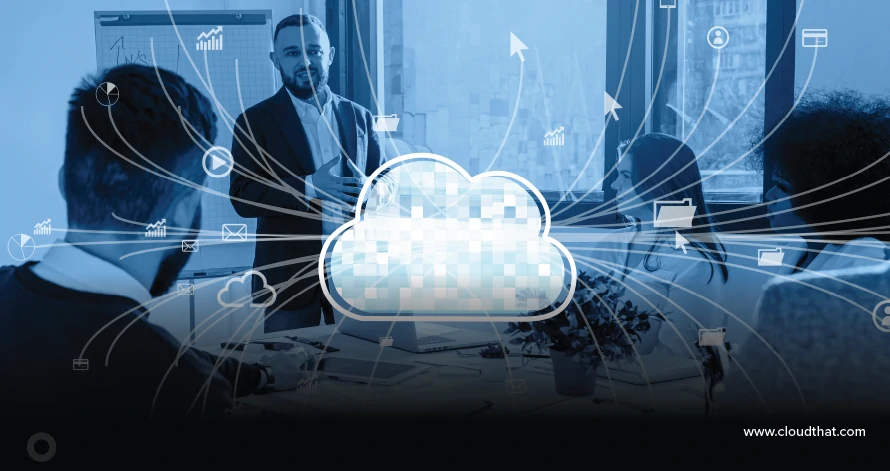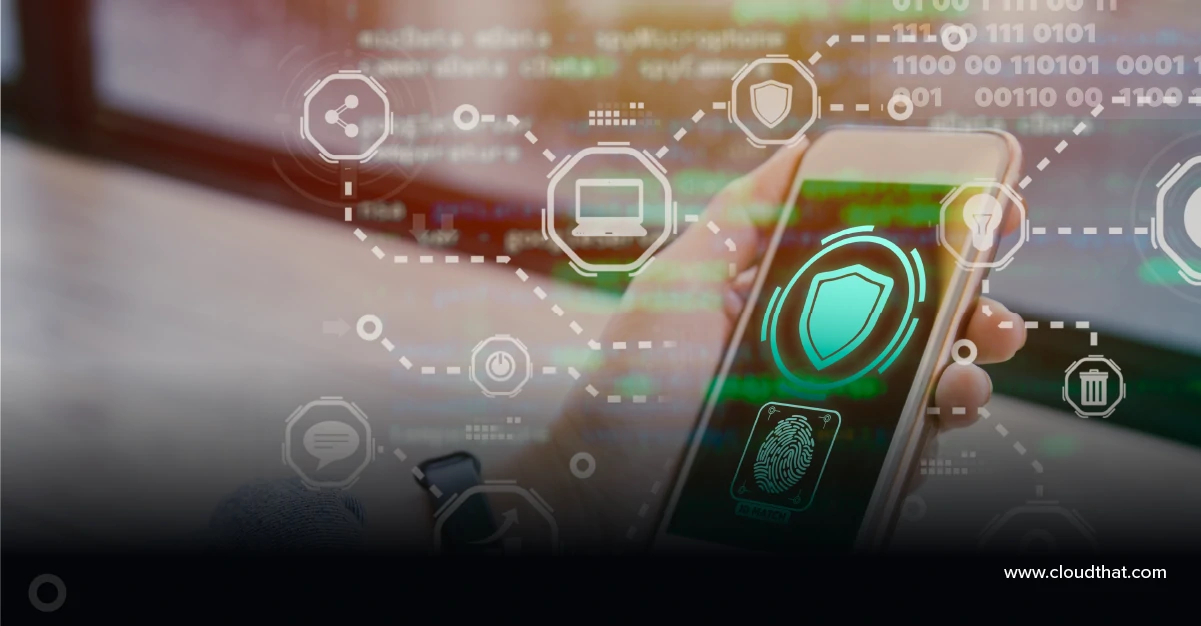|
Voiced by Amazon Polly |
Introduction
The Internet is a global network of interconnected computers and other devices, facilitating seamless communication and data exchange worldwide. It operates through a complex system of data packets transmitted via various communication channels, including physical cables, satellite links, and wireless connections. This intricate web of connections enables the digital experiences we rely on every day. In this blog, we will explore how your home router, undersea cables, and the broader internet infrastructure come together to form the backbone of our connected world.
Pioneers in Cloud Consulting & Migration Services
- Reduced infrastructural costs
- Accelerated application deployment
The Journey of Data Packets
Whenever you access a website or send an email, data packets embark on a journey from your device to their destination. This journey begins with your home router, which sends packets of data through the cable provided by your Internet Service Provider (ISP). This local connection, typically through fiber optic or coaxial cables, links your home network to a larger regional network, eventually connecting to the vast global internet infrastructure.
The Role of ISPs in Local and Regional Connectivity
Internet Service Providers ensure data packets move efficiently from your home to the wider internet. They manage local and regional networks, routing data through a series of interconnected routers and switches. These devices direct traffic along optimal paths, ensuring fast and reliable data transmission. ISPs maintain extensive infrastructure, including local data centers and regional hubs, to manage the high volume of data traffic and provide customers with stable internet access.
The Undersea Backbone: Submarine Cables
While satellites and wireless connections are essential internet components, the bulk of international data transmission relies on undersea cables. These submarine cables, laid on the ocean floor, form the backbone of the global internet network. Stretching thousands of kilometers, they connect continents and enable high-speed data transfer between countries.
You can view the cable design, including length, suppliers, and landing points: https://www.submarinecablemap.com/ready-for-service/2023

The Engineering Marvels of Submarine Cables and Ensuring Reliability
Submarine cables are engineering marvels designed to withstand the harsh conditions of the ocean depths. These cables typically comprise multiple layers, including protective sheaths, insulation, and optical fibers. The optical fibers carry data as light signals, allowing for high-speed and high-capacity data transmission. Specially designed ships lay these cables, carefully placing them along predetermined routes to avoid damage from natural obstacles or human activities.
Maintaining the reliability of submarine cables is a complex task. Despite their robust construction, these cables can still be damaged by natural events like earthquakes or human activities such as fishing and anchoring. When a cable is damaged, repair ships are dispatched to the location to fix the issue. The repair process involves locating the damaged section, bringing it to the surface, and splicing in a new cable segment. This meticulous process ensures minimal disruption to global internet connectivity.
The Impact of Submarine Cables on Global Connectivity
Submarine cables have revolutionized global connectivity, enabling real-time communication and data exchange across vast distances. They have facilitated the growth of the global economy, supporting international trade, finance, and communication. Without these undersea highways, the Internet as we know it would not exist, and global collaboration and innovation would be significantly hindered.
Conclusion
Drop a query if you have any questions regarding global ocean network and we will get back to you quickly.
Making IT Networks Enterprise-ready – Cloud Management Services
- Accelerated cloud migration
- End-to-end view of the cloud environment
About CloudThat
CloudThat is an award-winning company and the first in India to offer cloud training and consulting services worldwide. As a Microsoft Solutions Partner, AWS Advanced Tier Training Partner, and Google Cloud Platform Partner, CloudThat has empowered over 850,000 professionals through 600+ cloud certifications winning global recognition for its training excellence including 20 MCT Trainers in Microsoft’s Global Top 100 and an impressive 12 awards in the last 8 years. CloudThat specializes in Cloud Migration, Data Platforms, DevOps, IoT, and cutting-edge technologies like Gen AI & AI/ML. It has delivered over 500 consulting projects for 250+ organizations in 30+ countries as it continues to empower professionals and enterprises to thrive in the digital-first world.
FAQs
1. Do cloud providers use these cables?
ANS: – Yes, cloud providers heavily rely on submarine cables to deliver their services globally. Major cloud providers like Amazon Web Services (AWS), Google Cloud, and Microsoft Azure
2. Is this faster and more reliable than satellite communication?
ANS: – Yes, submarine cables are generally faster and more reliable than satellite communication. While satellites play a vital role in global communication, especially in remote or underserved areas, submarine cables offer significantly lower latency and higher bandwidth.

WRITTEN BY Akshay Mishra
Akshay Mishra works as a Subject Matter Expert at CloudThat. He is a Cloud Infrastructure & DevOps Expert and AWS Certified. Akshay is experienced in designing, securing, and managing scalable cloud infrastructure on AWS. Proven track record working with government, pharmaceutical, and financial clients in roles such as Cloud Engineer, Associate Solutions Architect, and DevOps Engineer. He is skilled in AWS infrastructure, CI/CD, Terraform, and cloud security, with certification in AWS Security – Specialty.


 Login
Login


 June 10, 2024
June 10, 2024 PREV
PREV










Comments